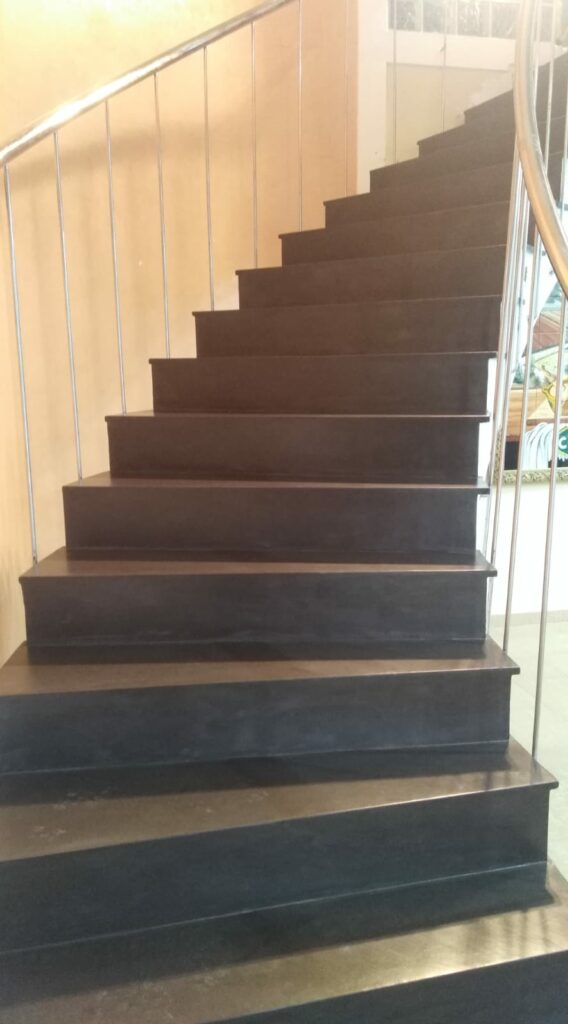
Microcement vs. Tiles: The Battle of the Coverings! eng
Microcement vs. Tiles: The Battle of the Coverings! Renovations with Microcement MICROCEMENT and TILES – When it comes to floor and wall coverings, tiles have
It is becoming more and more common to see a microcement floor in clothing stores or restaurants. In many homes it is also being used more and more, especially in renovations. We are going to see the advantages and disadvantages that it could have compared to another type of pavement.
Nowadays, and especially with the situation created by the Covid, housing reforms have increased exponentially. People have returned to want to enjoy the moments they are at home. For this reason, many families have decided to invest in renovating areas of the house, such as the kitchen or the bathroom.
In most houses, the existing floor is usually marble, porcelain flooring, or terrazzo in the case of slightly older constructions. Reforming the floor in a traditional way in these cases would imply as the first option to place the floor on top, adding 2 centimeters of thickness and increasing the structural load. And the second option would be to tear off the existing floor and place the new one. In both cases, they are expensive reforms, which make everything dirty and take time.
The use of microcement avoids the problems of traditional reform. Let’s see what the advantages are.

ONEROCK ready-to-use Microcement has a very high adhesion capacity. It is capable of being applied on glass perfectly. This grip capacity makes it the ideal companion for covering any type of tile, no matter how smooth it may be, since the surface will be fully glued for many years.
The other great advantage of deciding on a microcement floor is that its thickness is minimal. This implies several advantages: it will not be necessary to brush the doors and the structural load that we are going to add is minimal. That is why the reform of a floor with microcement does not need a building permit.
ONEROCK microcement flooring is highly resistant to abrasion and compression. In other words, with a minimum of care, we can enjoy a continuous floor for many years.
ONEROCK microcement flooring does not need joints as it does not expand. That is why it will give a great feeling of spaciousness and dirt will not become embedded in the joints as it does in tiles.
To learn more about our ONEROCK ready-to-use microcement, visit our Lunik website.

Microcement vs. Tiles: The Battle of the Coverings! Renovations with Microcement MICROCEMENT and TILES – When it comes to floor and wall coverings, tiles have
Frequently Asked Questions about Microcement Everything You Need to Know Microcement is a versatile and modern cladding material that has gained popularity in the world

Microcement Maintenance How to care for microcement MICROCEMENT MAINTENANCE – Microcement is a modern and versatile material that is used to cover floors and walls.